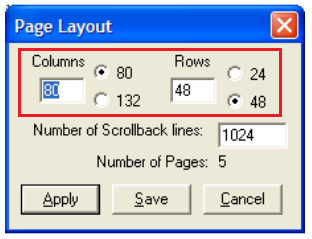
I've collated a list of public Caché Projects that I've been able to find through GitHub topics and various other searches, let me know if I have missed any and I will add them to the list.
The full list is here...
https://github.com/SeanConnelly/Public-Cache-Projects/blob/master/README.md


